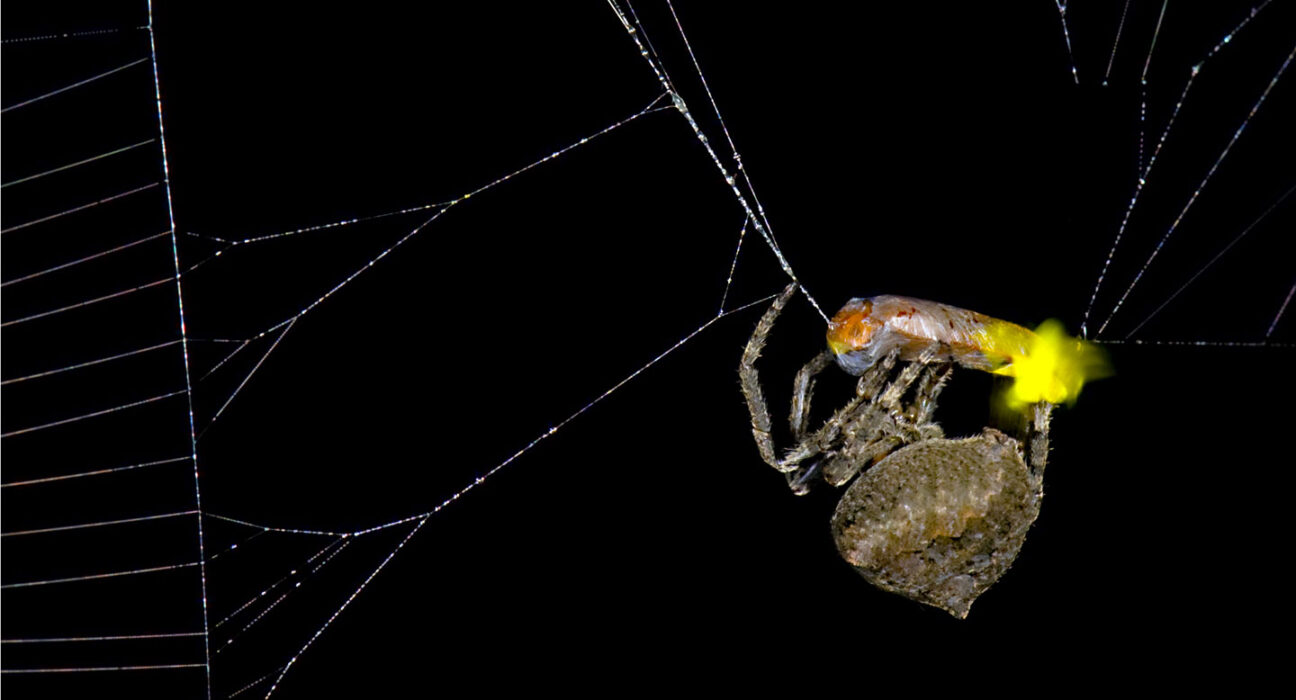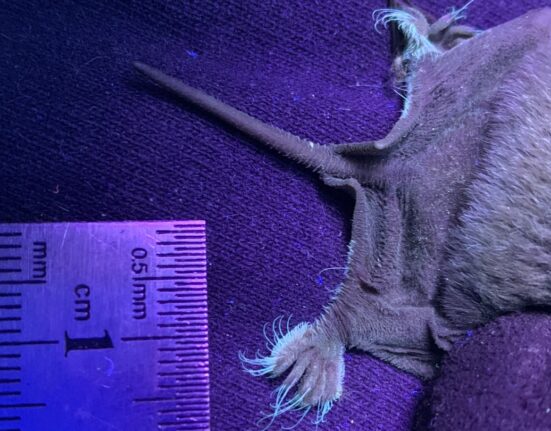beetle: An order of insects known as Coleoptera, containing at least 350,000 different species. Adults tend to have hard and/or horn-like “forewings” which covers the wings used for flight.
biology: The study of living things. The scientists who study them are known as biologists.
ecologist: A scientist who works in a branch of biology that deals with the relations of organisms to one another and to their physical surroundings.
firefly: An insect in the family Lampyridae. Also called lightning bugs, fireflies are not flies at all, but beetles. They are known for their beautiful nighttime flashes of light, called bioluminescence. There are more than 2,000 firefly species around the world.
New Zealand: An island nation in the southwest Pacific Ocean, roughly 1,500 kilometers (some 900 miles) east of Australia. Its “mainland” — consisting of a North and South Island — is quite volcanically active. In addition, the country includes many far smaller offshore islands.
orb: Something having a spherical shape.
sequence: The precise order of related things within some series.
silk: A fine, strong, soft fiber spun by a range of animals, such as silkworms and many other caterpillars, weaver ants, caddis flies and spiders.
species: A group of similar organisms capable of producing offspring that can survive and reproduce.
spider: A type of arthropod with four pairs of legs that usually spin threads of silk that they can use to create webs or other structures.
tactic: An action or plan of action to accomplish a particular feat.
unique: Something that is unlike anything else; the only one of its kind.
venom: A poisonous secretion of an animal, such as a snake, spider or scorpion, usually transmitted by a bite or sting.












